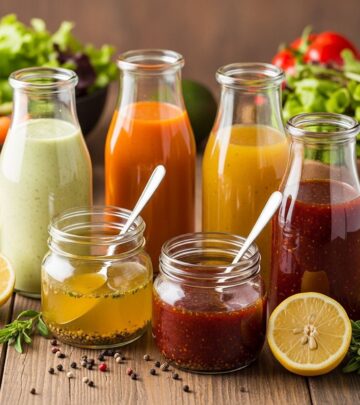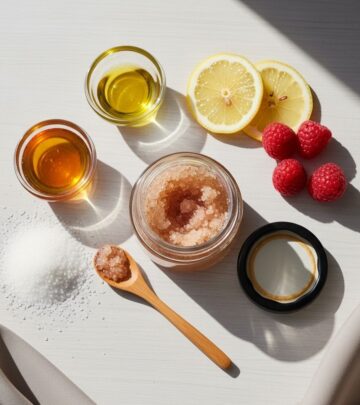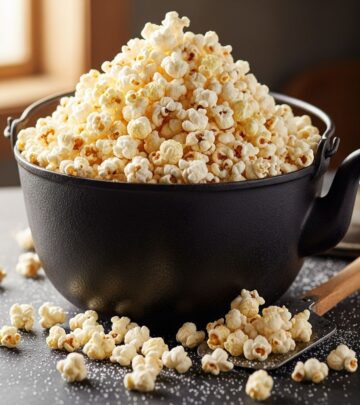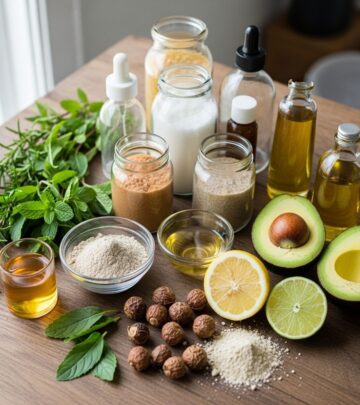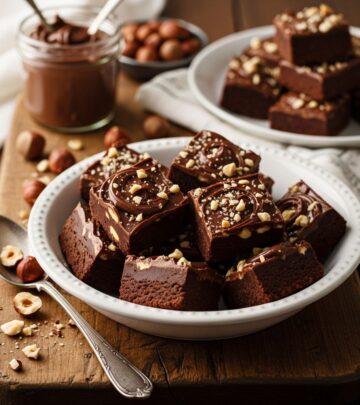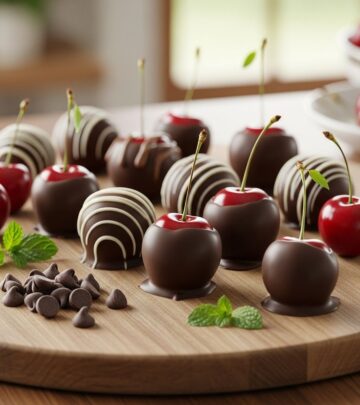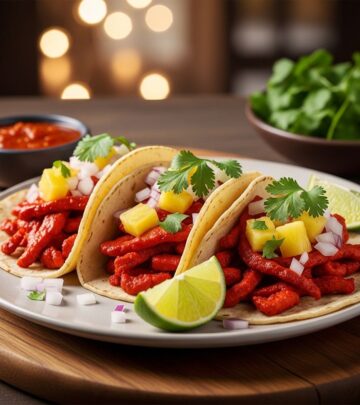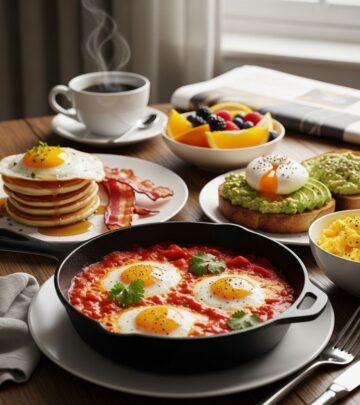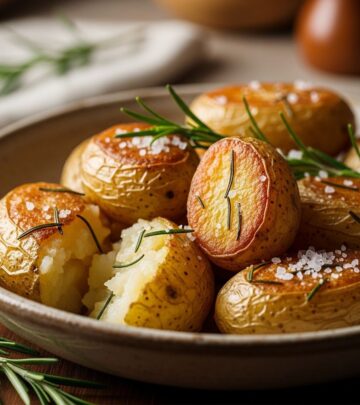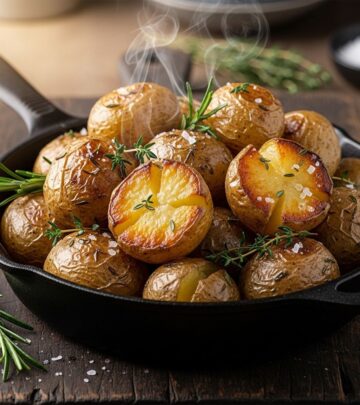Vodka Martini Recipe: Ultimate Guide To The Perfect Cocktail
Master the art of crafting the perfect vodka martini with our comprehensive guide and expert tips
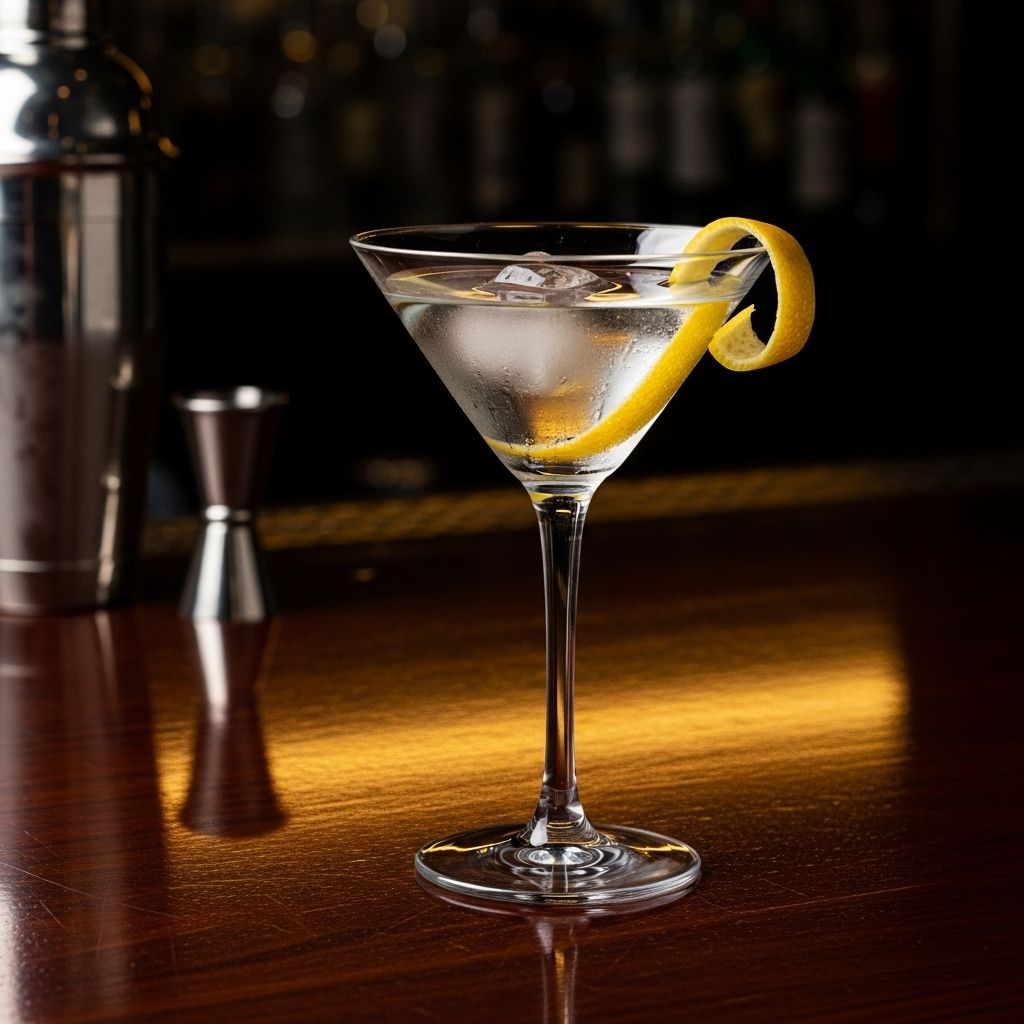
Image: HearthJunction Design Team
The Classic Vodka Martini Cocktail: Elegant Simplicity in a Glass
Few cocktails embody sophistication quite like the vodka martini. This iconic drink, famously preferred by James Bond (though perhaps not prepared to his specifications), has stood the test of time as one of the most elegant and refreshing cocktails in the bartender’s repertoire. With its crystal-clear appearance and clean, crisp flavor profile, the vodka martini represents cocktail crafting at its most refined—where quality ingredients and proper technique create something truly special.
While deceptively simple in its composition, mastering the vodka martini requires attention to detail and an appreciation for balance. In this comprehensive guide, we’ll explore everything you need to know about creating the perfect vodka martini, from selecting premium ingredients to mastering the stirring technique that cocktail purists insist upon.
What Makes a Vodka Martini Special?
The vodka martini is a variation of the classic gin martini that rose to prominence in the 1950s when vodka began gaining popularity in the United States. Its appeal lies in its clean canvas that allows the subtle flavors of premium vodka to shine through, complemented by just the right amount of dry vermouth and an elegant garnish.
Unlike more complex cocktails that might mask inferior spirits with strong mixers or sweeteners, the martini’s minimalist nature demands quality ingredients. Each component plays a crucial role in the final experience, making this cocktail a true test of a bartender’s skill and attention to detail.
Essential Ingredients for the Perfect Vodka Martini
The beauty of the vodka martini lies in its simplicity. You only need a few carefully selected ingredients to create this elegant cocktail:
Premium Vodka
The foundation of any great vodka martini is, naturally, the vodka itself. Since this spirit takes center stage in the cocktail, choosing a high-quality vodka is essential. While you might be tempted to reach for whatever brand is on sale, investing in a premium vodka will elevate your martini experience significantly.
Look for vodkas that are clean and smooth with minimal burn. Many connoisseurs prefer potato vodkas for their slightly creamier mouthfeel, though excellent grain-based options abound. Some recommended brands include Russian Standard Platinum, Grey Goose, Belvedere, Ketel One, or Tito’s Handmade Vodka. Experiment with different premium vodkas to find one that suits your personal taste preferences.
Dry Vermouth
Vermouth is an aromatized, fortified wine infused with various botanicals, herbs, and spices. For a vodka martini, you’ll want to use dry vermouth (also called white or French vermouth), which provides a floral, slightly tart flavor that complements the vodka beautifully.
Quality matters here too—brands like Dolin, Noilly Prat, or Martini & Rossi are excellent choices. Remember that vermouth is wine-based and will oxidize after opening, so store it in the refrigerator and use within a month or two for best results.
Garnish: Olives
The traditional garnish for a vodka martini is green olives, which add a subtle savory note to the cocktail. For the best experience, seek out quality olives like:
- Castelvetrano olives: Known for their bright green color and buttery, mild flavor
- Spanish olives: Often stuffed with pimentos for an additional flavor dimension
- Manzanilla olives: Small Spanish olives with a nutty, slightly smoky taste
For presentation, thread 1-3 olives onto a cocktail pick before adding to your finished martini. Some bartenders prefer to slightly rinse the olives before adding them to ensure no excess brine affects the drink’s flavor (unless you’re making a dirty martini, which we’ll discuss later).
Essential Equipment for Crafting Vodka Martinis
To prepare a proper vodka martini, you’ll need a few basic tools:
- Mixing glass: A heavy-bottomed glass specifically designed for stirring cocktails
- Bar spoon: A long-handled spoon for proper stirring technique
- Strainer: To hold back ice when pouring the cocktail
- Jigger or measuring cup: For precise measurement of ingredients
- Martini glass or coupe: Pre-chilled for serving
- Ice: High-quality, clean ice cubes (not crushed ice)
- Cocktail picks: For holding olive garnishes
The Classic Vodka Martini Recipe
Now that we’ve covered the essential ingredients and equipment, let’s dive into the classic vodka martini recipe:
Ingredients
- 3 fluid ounces premium vodka
- 1 fluid ounce dry vermouth
- 1 cup ice cubes
- 3 small olives (for garnish)
Preparation Method
- Chill the glass: Place your martini glass in the freezer for at least 15 minutes before preparing the cocktail. A properly chilled glass keeps your martini cold longer and enhances the drinking experience.
- Combine ingredients: Add the vodka and dry vermouth to your mixing glass.
- Add ice: Fill the mixing glass with ice cubes. Use clean, fresh ice for the best results.
- Stir properly: Contrary to James Bond’s famous preference, a proper martini should be stirred, not shaken. Stirring maintains the clarity of the cocktail and provides the right level of dilution without introducing too many ice shards. Using your bar spoon, stir gently in a circular motion for about 30 seconds or until the outside of the mixing glass feels properly chilled.
- Strain and serve: Remove your chilled glass from the freezer. Using a strainer, pour the stirred cocktail into the glass, leaving behind all ice.
- Garnish: Add your olives (threaded onto a cocktail pick) as a garnish. Traditionally, martinis are garnished with an odd number of olives—usually one or three.
The Great Debate: Shaken vs. Stirred
Despite James Bond’s famous preference for a “shaken, not stirred” martini, cocktail purists generally agree that a proper martini should be stirred. Here’s why:
- Clarity: Stirring preserves the crystal-clear appearance of the cocktail, while shaking introduces tiny air bubbles that cloud the drink.
- Texture: Stirring creates a silkier, more luxurious mouthfeel compared to the more aerated texture of a shaken martini.
- Temperature control: Stirring allows for more precise control over dilution and temperature, resulting in a perfectly balanced cocktail.
That said, if you prefer your martini shaken, there’s nothing wrong with that—cocktail preferences are ultimately personal. Just be aware that you’ll get a slightly different result: a colder, more diluted, and slightly cloudier cocktail with a lighter mouthfeel.
Vodka Martini Variations
While the classic vodka martini is perfection in its simplicity, several popular variations exist:
Dirty Martini
A “dirty” martini includes olive brine or juice in addition to the standard ingredients. To make your vodka martini dirty, simply add ½ to 1 ounce of olive brine from your olive jar to the mixing glass along with the vodka and vermouth. This addition gives the cocktail a pleasantly savory, briny flavor that many martini enthusiasts enjoy.
Extra Dry Martini
An “extra dry” or “very dry” martini contains less vermouth than the standard recipe—sometimes just a rinse of the glass or a few drops. This variation allows the vodka to take even more of a leading role in the flavor profile.
Perfect Martini
A “perfect” martini uses equal parts dry and sweet vermouth (usually ½ ounce of each) along with the vodka. This creates a slightly more complex flavor profile with subtle sweetness balancing the dryness.
Vodka Gibson
A Gibson is simply a martini that uses cocktail onions as a garnish instead of olives or lemon twist. This small change creates a subtly different flavor experience.
Expert Tips for Martini Mastery
To elevate your vodka martini from good to exceptional, consider these professional tips:
- Keep everything cold: Pre-chill your mixing glass, the vodka bottle, and even the vermouth for the most refreshing result.
- Mind your dilution: The proper stirring time (about 30 seconds) provides just enough dilution to soften the alcohol’s edge without watering down the cocktail.
- Quality ice matters: Use large, clean ice cubes that melt slowly during stirring.
- Fresh vermouth is essential: Vermouth oxidizes after opening, so refrigerate it and use within a month or two.
- Experiment with ratios: The classic 3:1 ratio of vodka to vermouth is a starting point—adjust to your taste preferences.
Food Pairings for Vodka Martinis
A well-crafted vodka martini pairs beautifully with certain foods. Consider serving your martini alongside:
- Oysters or caviar
- Smoked salmon canapés
- Cheese boards featuring mild cheeses
- Marcona almonds
- Chilled shrimp cocktail
The clean, crisp nature of the vodka martini complements these foods without overwhelming their delicate flavors.
Frequently Asked Questions (FAQs)
Q: What’s the difference between a vodka martini and a gin martini?
A: The primary difference is the base spirit. A traditional martini uses gin, which has distinctive botanical flavors, while a vodka martini uses vodka, which has a cleaner, more neutral profile. Both typically contain dry vermouth and are garnished with either olives or a lemon twist.
Q: How much vermouth should I use in my martini?
A: The classic ratio is 3 parts vodka to 1 part vermouth, but this is highly personal. Some prefer just a hint of vermouth (a “dry” martini), while others enjoy the floral notes that a higher proportion brings. Experiment to find your perfect ratio.
Q: Can I make a martini without vermouth?
A: A martini without vermouth is essentially chilled vodka in a fancy glass. While some people do prefer this (sometimes called “extra extra dry”), most cocktail enthusiasts would argue that the vermouth is an essential component that transforms the spirit into a proper cocktail.
Q: What’s the best vodka for a martini?
A: The best vodka for a martini is one that’s high-quality and pleasing to your palate. Premium vodkas like Russian Standard Platinum, Grey Goose, Belvedere, or Ketel One are excellent choices due to their smooth character and clean finish.
Q: How long does vermouth last after opening?
A: Once opened, vermouth should be stored in the refrigerator and used within 1-2 months for optimal flavor. Unlike spirits, vermouth is wine-based and will oxidize over time.
The vodka martini stands as a testament to the beauty of simplicity in cocktail crafting. With just a few quality ingredients and proper technique, you can create a drink that has captivated cocktail enthusiasts for generations. Whether you prefer yours with extra olives, a touch more vermouth, or stirred for precisely 30 seconds, the perfect vodka martini is the one that brings you pleasure. Cheers to this timeless classic!
References
Read full bio of Srija Burman

